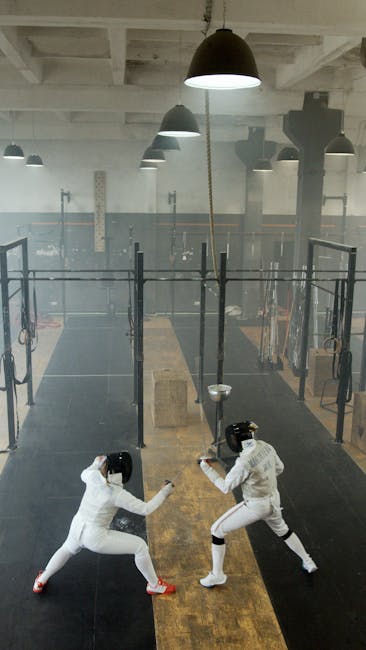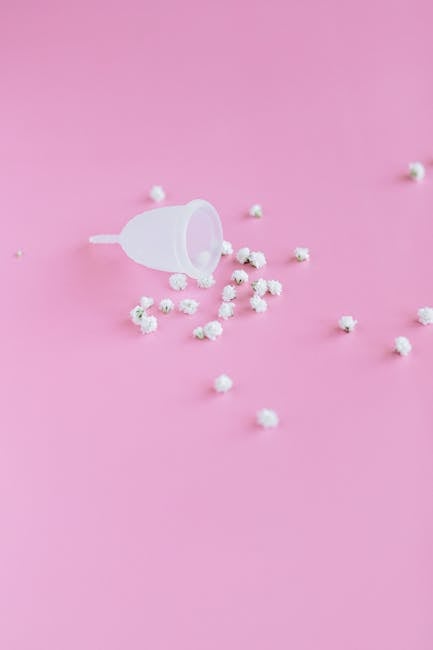Protective Hairstyles for White Women: A Comprehensive Guide to Healthy Hair Growth
Protective styling is a popular method for women of all ethnicities to promote hair growth, minimize breakage, and protect their hair from environmental damage. While often associated with Black women, protective styles offer significant benefits for white women as well, addressing unique hair concerns and textures.

Understanding the Benefits of Protective Styling for White Hair
White women often face specific hair challenges like dryness, fine texture, and susceptibility to damage from styling tools and environmental factors. Protective styles offer solutions to these issues by:
- Minimizing Manipulation: Reducing daily styling and manipulation helps avoid breakage, especially for those with fine or fragile hair.
- Protecting from Environmental Damage: Styles like braids and buns shield hair from sun, wind, and cold, preserving moisture and reducing split ends.
- Promoting Hair Growth: By limiting breakage, protective styles create an environment where hair can grow longer and healthier.
- Reducing Heat Damage: Protective styles often eliminate the need for daily heat styling, minimizing heat damage and improving hair health.
- Encouraging Retention of Length: By safeguarding against breakage, these styles allow for visible length retention over time.
Choosing the Right Protective Style for Your Hair Type
The ideal protective style depends on your specific hair type, texture, length, and lifestyle. It’s crucial to select a style that is comfortable, easy to maintain, and doesn’t put undue stress on your scalp or hair follicles.

For Fine to Medium Hair:
- Loose Braids: Avoid tight braids that can pull on the hair and scalp, leading to breakage. Loose Dutch braids, fishtail braids, or even simple three-strand braids are excellent options.
- Buns: Low, loose buns are gentler than tight topknots. Use hair ties that are gentle on the hair and avoid pulling too tightly.
- Headbands: Headbands can be a simple and effective way to keep hair out of the face while minimizing manipulation.
- Space Buns: These add a fun, stylish twist while still offering protection.
For Thick or Coarse Hair:
- French Braids: These can be a stylish and effective way to manage thicker hair. Ensure that the braids are not too tight.
- Cornrows (if skilled): Cornrows can be a protective style, but must be done carefully to avoid scalp irritation and traction alopecia. Seek professional assistance for this style.
- Twist Outs: These offer a more voluminous look while still protecting the hair.
Maintaining Your Protective Style
Maintaining your protective style is essential for maximizing its benefits and preventing damage. Consider these tips:

- Scalp Care: Keep your scalp clean and moisturized. Use scalp-specific oils like jojoba oil or coconut oil to hydrate and prevent dryness and itching.
- Moisturizing: Use leave-in conditioners or hair oils to keep your hair hydrated, especially if you’re prone to dryness.
- Gentle Cleansing: Wash your hair as needed, using a gentle, sulfate-free shampoo and conditioner. Focus on the scalp rather than directly scrubbing the braids or twists.
- Nighttime Protection: Protect your hair at night by wearing a satin bonnet or sleeping on a satin pillowcase to reduce friction and breakage.
- Professional Installation (When Necessary): For more intricate styles like cornrows or intricate braids, consider seeking a professional stylist experienced in handling various hair types.
- Avoid Tight Styles: The most crucial aspect of any protective style is to ensure it’s not too tight. Tight styles can lead to traction alopecia and hair loss.
Potential Drawbacks and Considerations
While protective styles offer numerous benefits, it’s important to be aware of potential drawbacks:
- Breakage at the Roots: If the style is too tight, it can cause breakage at the roots and lead to hair loss.
- Scalp Issues: Improper hygiene or too-tight styles can lead to scalp irritation, itching, or even infections.
- Hair Loss (Traction Alopecia): Continuous use of excessively tight styles can lead to traction alopecia, a type of hair loss caused by pulling on the hair.
- Dryness: Hair can become dry and brittle if not properly moisturized.
Protective Styles for Special Occasions
Protective styles can be adapted to suit formal occasions. Updos, elegant braids, or carefully styled twists can add sophistication without compromising the protective aspect of the style.
Common Mistakes to Avoid
Many white women make mistakes when trying protective styles, including:
- Choosing styles too tight: Always prioritize comfort and looseness over tightness.
- Neglecting scalp care: Keeping your scalp clean and moisturized is crucial.
- Using harsh products: Use gentle, sulfate-free shampoos and conditioners.
- Ignoring signs of discomfort: If you experience pain or discomfort, remove the style immediately.
Conclusion
Protective styling can be a transformative journey for white women seeking healthier, longer hair. By choosing appropriate styles, prioritizing proper maintenance, and being mindful of potential drawbacks, you can harness the power of protective styles to achieve your hair goals. Remember, consulting with a professional stylist experienced in various hair textures can provide personalized guidance and ensure a successful protective styling experience.

